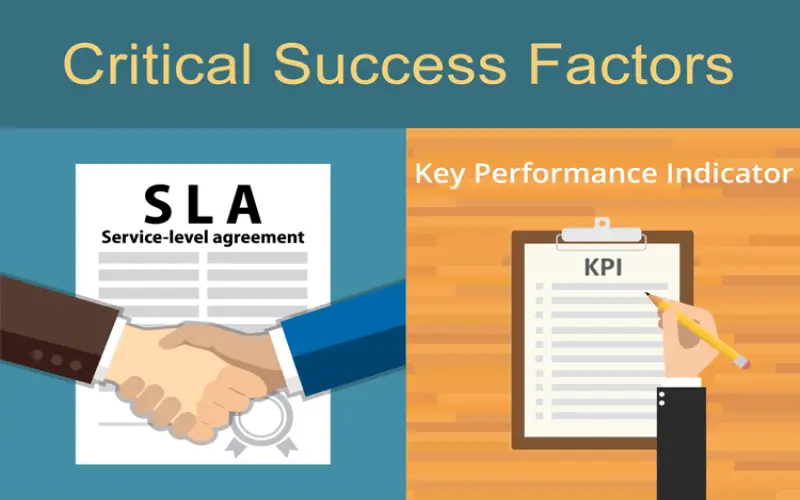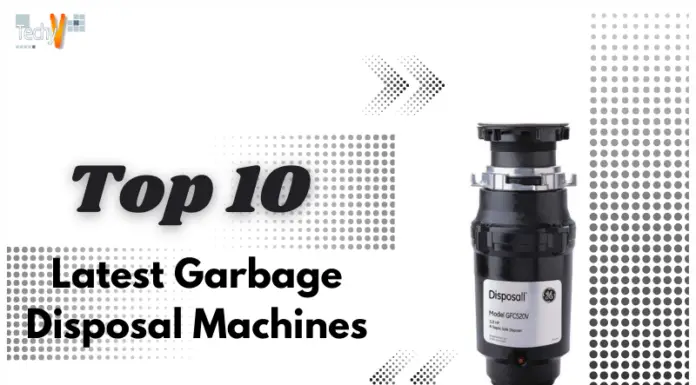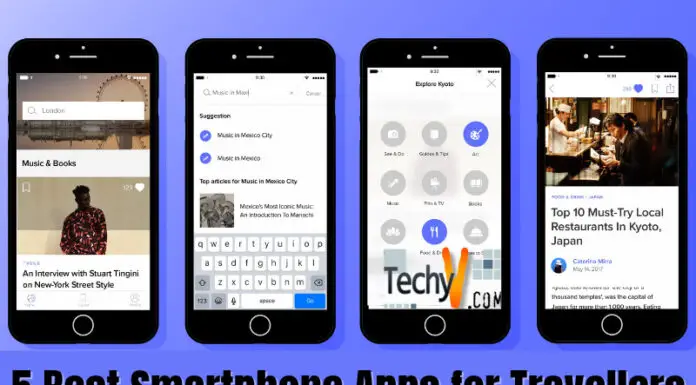Like the support beams in infrastructure construction, technology constitutes the backbone upholding critical organizational pillars across operations, sales enablement, finance controls, and workforce productivity. However, the inner complexity of enterprise IT ecosystems often perplexes business leadership lacking deep technical fluency. From servers and network gear to custom applications and vendor SaaS platforms, multifaceted dependencies strain comprehension around how reliable solutions truly operate. Absent clearly defined terms of performance and accountability between IT delivery teams and their internal constituents, a veil of obscurity persists on what support levels prevail. I outline 10 leading practices for optimizing clarity, effectiveness, and continuous improvement dynamics within IT-focused SLAs below. Top-tier agreements align closely with genuine business needs rather than taking a generalized lowest common denominator approach inconsistently satisfying unique departments. Beyond codifying minimum expectations, mature SLAs provide a framework for capturing user feedback and harnessing technology progress to progressively raise the bar on how IT solutions empower ever more impactful workflows.
1. Building Special SLAs Each IT Solution
Don’t lump all apps and gear under one whopping SLA. Experts push tailored agreements for each system and service instead, empowering watchdogs to monitor, optimize, and tweak as required without everything crashing from changes. Custom SLAs could cover like sales CRM, email, payroll software, etc. Specialization allows addressing availability, security, compliance, and other biggies for that one system, ya know?

2. Dodging Umbrella SLAs Blanketing All Company Parts
Umbrella SLAs may seem easy, but they whitewash responsibility across groups needing different IT reliability. The sales gang needs 24/7 CRM access to seal deals while finance relies on accessible servers running month-end reports. But facility dudes can risk some downtime on the office fix-it portal cuz lightbulbs still work. Failing to capture these workflow contrasts risks delayed solutions from wrong priority assumptions. Beyond messaging/email, think specialized division SLAs, or at least segmented sections tuned per entity.

3. Making SLAs Jive With What Customers Need
Collaboration brings IT solutions and availability supporting stakeholders’ goals, so don’t dictate SLA terms. Jaw with user groups to grasp desired outcomes. For sales, it’s stuff like win rates, deal sizes, and accelerating the revenue cycle – the stuff they get bonused and promoted for. So SLAs gotta concentrate on nonstop CRM and sales tools uptime. Measure success in supporting their win workflows, not just server metrics. Cross-department SLAs matching objectives make better solutions and credible grading.
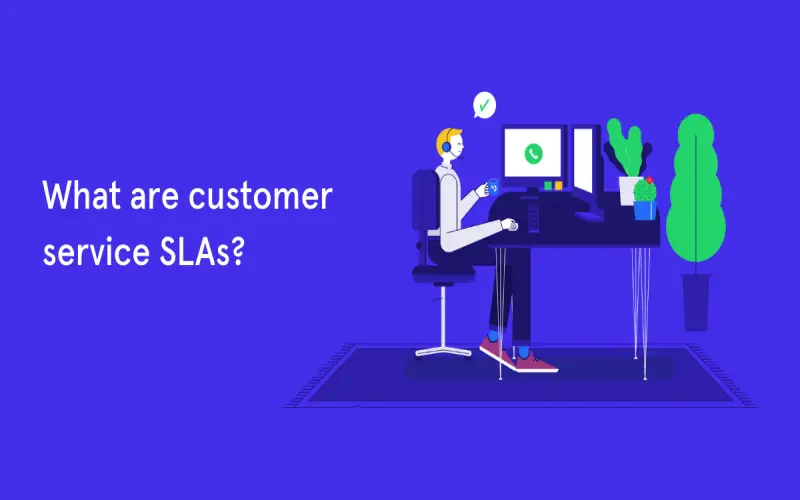
4. Getting Stakeholder Signoff Before Go-time
Make sure leadership from user groups formally accepts the SLA before rollout – scope, rules, penalties, all of it. Early confirmation avoids downstream finger-pointing around confusing expectations or unrealistic deadlines. Review cycles allow clarifying questions, feedback on terms, and adjustments preserving stakeholder buy-in. Formal signoff bakes easier updates aligned to evolving needs, instead of locked stagnant agreements. Confirming before launch cuts conflict.

5. Crafting SLAs Based On End User Perspectives
Ground-floor staff interacting with systems daily face unique pain points offering valuable insights on fixes and enhancements. But their feedback gets ignored. Common gripes include login snags, laggy performance when it’s busy, confusing navigation, garbage self-help, and annoying delays needing IT assistance. Surveying these frontline folks provides direction for SLA elements like uptime, response times, training, and communication. Tracking user satisfaction also grades delivered service quality over agreement periods.

6. Adding Clear Service Descriptions
Precise service descriptions prevent downstream arguments on what IT is on the hook delivering. List the system name, location, core functions, key users, architecture, dependencies, hardware like servers/devices, and other specifics integral to the app or platform’s workings. Complex services warrant visual mapping showing interrelationships between integrated tools and user types. Clear SLA boundaries enable accountability for performance and delivery.
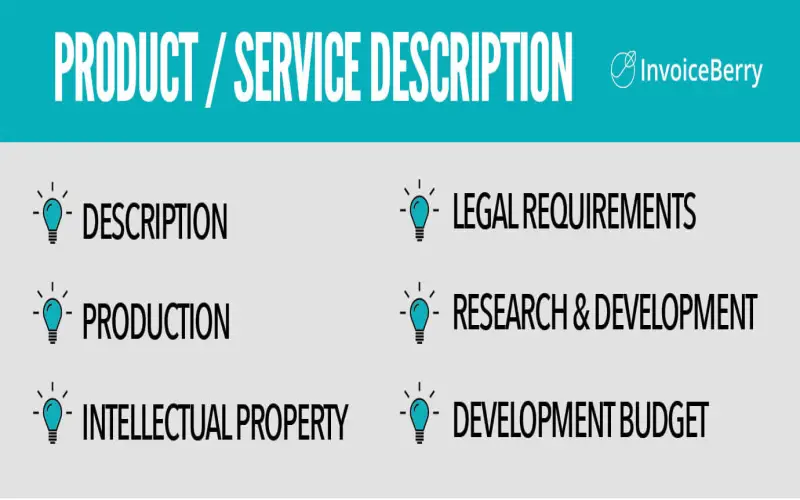
7. Defining Service Performance & Responsiveness
Service commitments need measurable metrics monitoring speed, accuracy, issue resolution duration, and other key performance indicators (KPIs). Quality and responsiveness parameters may cover intended uptime, peak demand, priority defect fixes, training, security protocols, communication response times, escalation workflows, upgrade timelines, and related reliability factors. Beyond goals, SLAs should monitor user sentiment and net promoter scores judging how IT delivers for them.
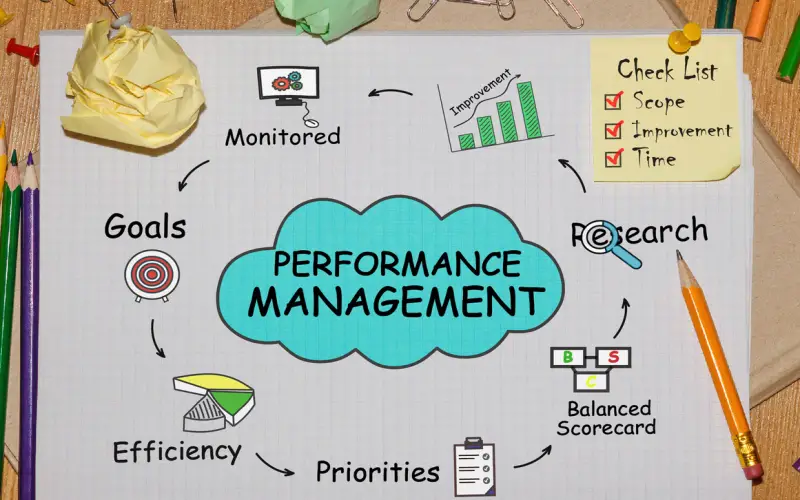
8. Listing Penalties For Flaking On Agreements
For ultra-critical systems, SLAs can specify financial penalties or service credits if IT whiffs key targets like uptime, response times, or maximum outage intervals. Consequences emphasize meeting expectations. Penalty determination can calculate measurable business impacts and costs from failures. Even minor revenue platform hiccups deserve attention. But issues from complex dependencies moderately extending outages shouldn’t draw fire. The fair linkage between causes and effects makes sensible penalties.

9. Adding Performance Measure Sections
Structuring SLAs with availability, assistance, security, and other large performance topics as subsections simplifies monitoring isolated underperforming zones versus whole agreement analysis. Dedicated subsections also enable evolving specific parts to respond to user needs instead of renegotiating everything. Common subtopics cover usage metrics with outage remedies, target assistance times, communication rules, fix workflows, notifications, maintenance windows, safeguards, recovery testing, and more.

10. Regular Reviews To Modify SLAs
Unlike multiyear contracts, SLAs need reassessing at least twice annually to update terms aligned to new features, risks, and feedback based on service quality and user journeys. A section-by-section analysis covering availability, helpdesk, and security flags where tighter metrics apply vs improving areas. Reviews also capture evolving needs via updated workflows, data integrity, and solution adoption trends enabling enhanced SLAs over the application lifecycle. Key SLA best practices encompass learning customer objectives, confirming expectations, monitoring unambiguous KPIs, and iterating agreements as IT solutions progress. Following these tips spawns credible SLAs.
